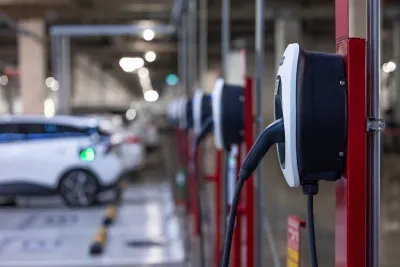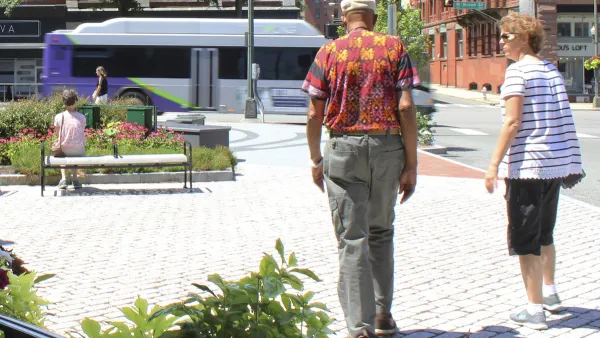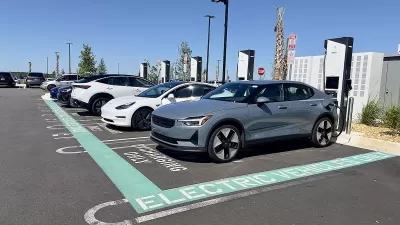California now has 48% more electric vehicle chargers than gasoline nozzles, reflecting its rapid shift toward clean transportation and aggressive zero-emission goals despite federal pushback.

California now has significantly more electric vehicle (EV) chargers than gasoline nozzles, marking a major milestone in the state’s transition to clean transportation. According to Governor Gavin Newsom’s office, there are approximately 178,000 public and shared private EV chargers across California, compared to an estimated 120,000 gas nozzles—representing a 48% difference. As reported by Patrick George, most of these chargers—about 162,000—are Level 2, which are slower but adequate for daily use, while only 17,000 are DC fast chargers, which offer quicker charging similar to traditional refueling.
The surge in charger availability reflects California’s continued leadership in electric vehicle adoption. In 2024 alone, the number of charging ports nearly doubled, a response to increasing demand as roughly 25% of new car sales in the state last year were electric vehicles. To further support this growth, California is investing $1.4 billion into expanding charging and hydrogen fuel infrastructure, improving charger reliability, and accelerating permitting processes—part of a broader effort to meet its climate and clean energy targets.
These developments come amid policy tensions at the national level. Governor Newsom criticized efforts by the Trump administration to reverse federal support for EV infrastructure and tax credits, stating that California is doing the opposite by strengthening its zero-emission goals. Under current state law, 68% of all new vehicles sold must be zero-emission by 2030, with a complete ban on new gas-powered car sales by 2035. While legal and legislative challenges may follow, California continues to push forward in building a transportation system centered on electric mobility.
FULL STORY: California Now Has More EV Chargers Than Gas Pumps

Planetizen Federal Action Tracker
A weekly monitor of how Trump’s orders and actions are impacting planners and planning in America.

Vehicle-related Deaths Drop 29% in Richmond, VA
The seventh year of the city's Vision Zero strategy also cut the number of people killed in alcohol-related crashes by half.

As Trump Phases Out FEMA, Is It Time to Flee the Floodplains?
With less federal funding available for disaster relief efforts, the need to relocate at-risk communities is more urgent than ever.

Berkeley Approves ‘Middle Housing’ Ordinance
The city that invented single-family zoning is finally reckoning with its history of exclusion.

SEPTA Budget Slashes Service by 45 Percent
The Philadelphia-area transit agency is legally tasked with maintaining a balanced budget. Officials hope the state will come to the rescue with additional funding.

Connecticut Governor Vetoes Housing Bill
Gov. Lamont reversed his view on a controversial affordable housing bill that would have required municipalities to zone for set amounts of affordable housing to receive state funding.
Urban Design for Planners 1: Software Tools
This six-course series explores essential urban design concepts using open source software and equips planners with the tools they need to participate fully in the urban design process.
Planning for Universal Design
Learn the tools for implementing Universal Design in planning regulations.
Heyer Gruel & Associates PA
JM Goldson LLC
Custer County Colorado
City of Camden Redevelopment Agency
City of Astoria
Transportation Research & Education Center (TREC) at Portland State University
Camden Redevelopment Agency
City of Claremont
Municipality of Princeton (NJ)





























